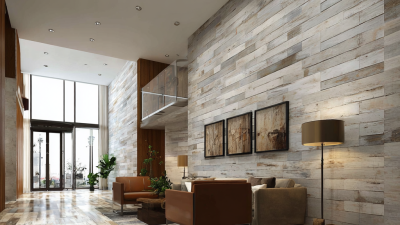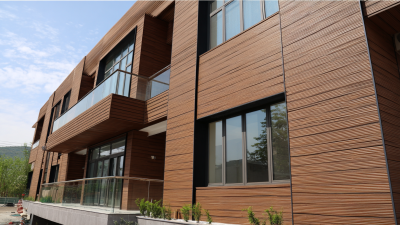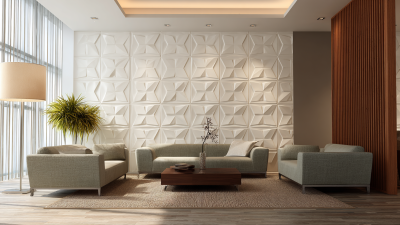Leave Your Message
In the quest to create a visually appealing living space, homeowners are increasingly turning to innovative materials that combine aesthetic value with practicality. One such material that has gained popularity is the Indoor WPC Wall Panel. These panels are not only designed to enhance the visual dynamics of any room but also offer durability and resistance to moisture, making them ideal for various indoor environments.
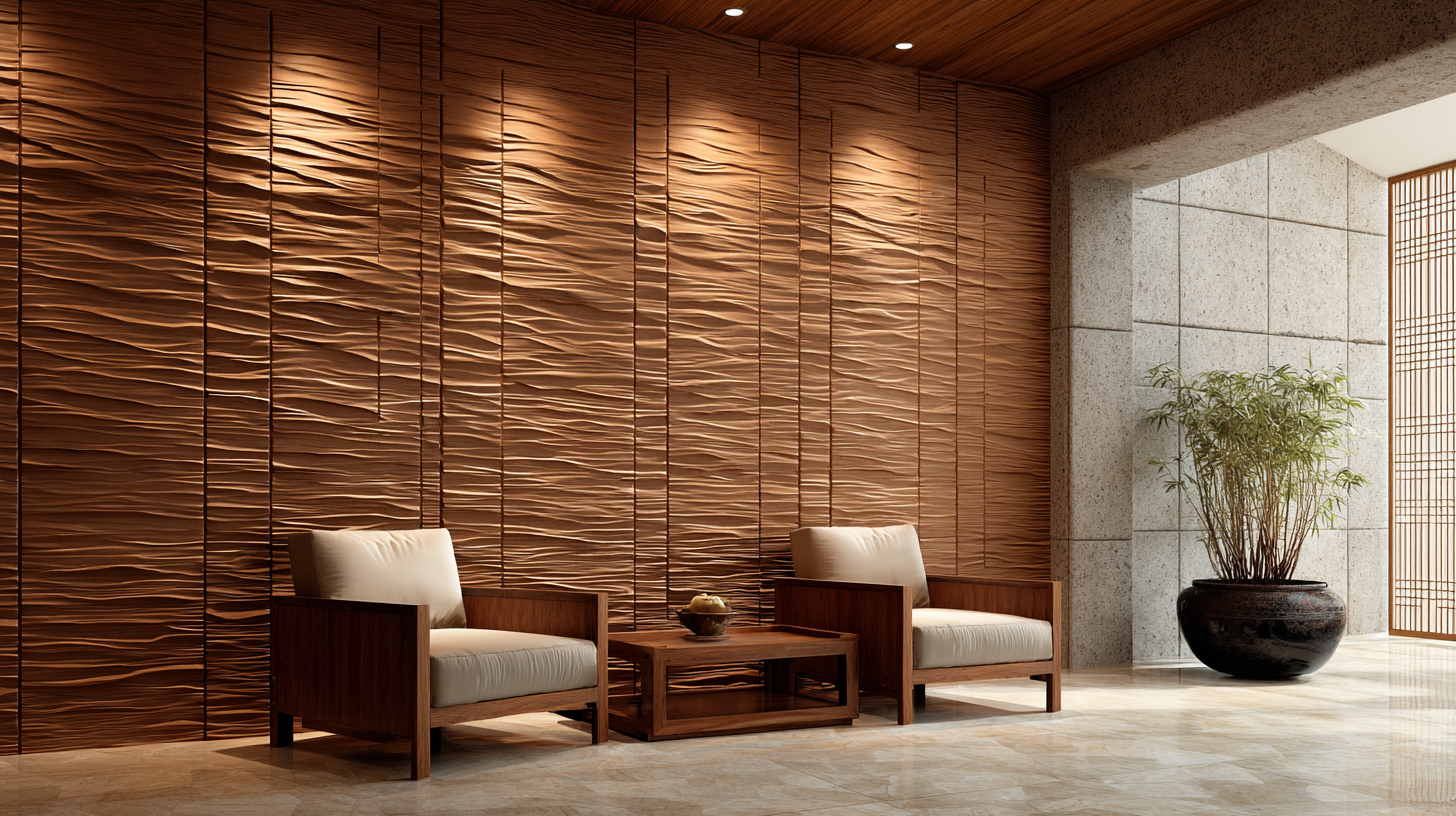
In this blog, we'll explore how to effectively incorporate Indoor WPC Wall Panels into your home décor, transforming ordinary walls into stunning focal points. Whether you're aiming for a modern, rustic, or eclectic feel, these versatile panels provide endless possibilities to elevate your interior spaces, providing both style and functionality in one elegant solution.
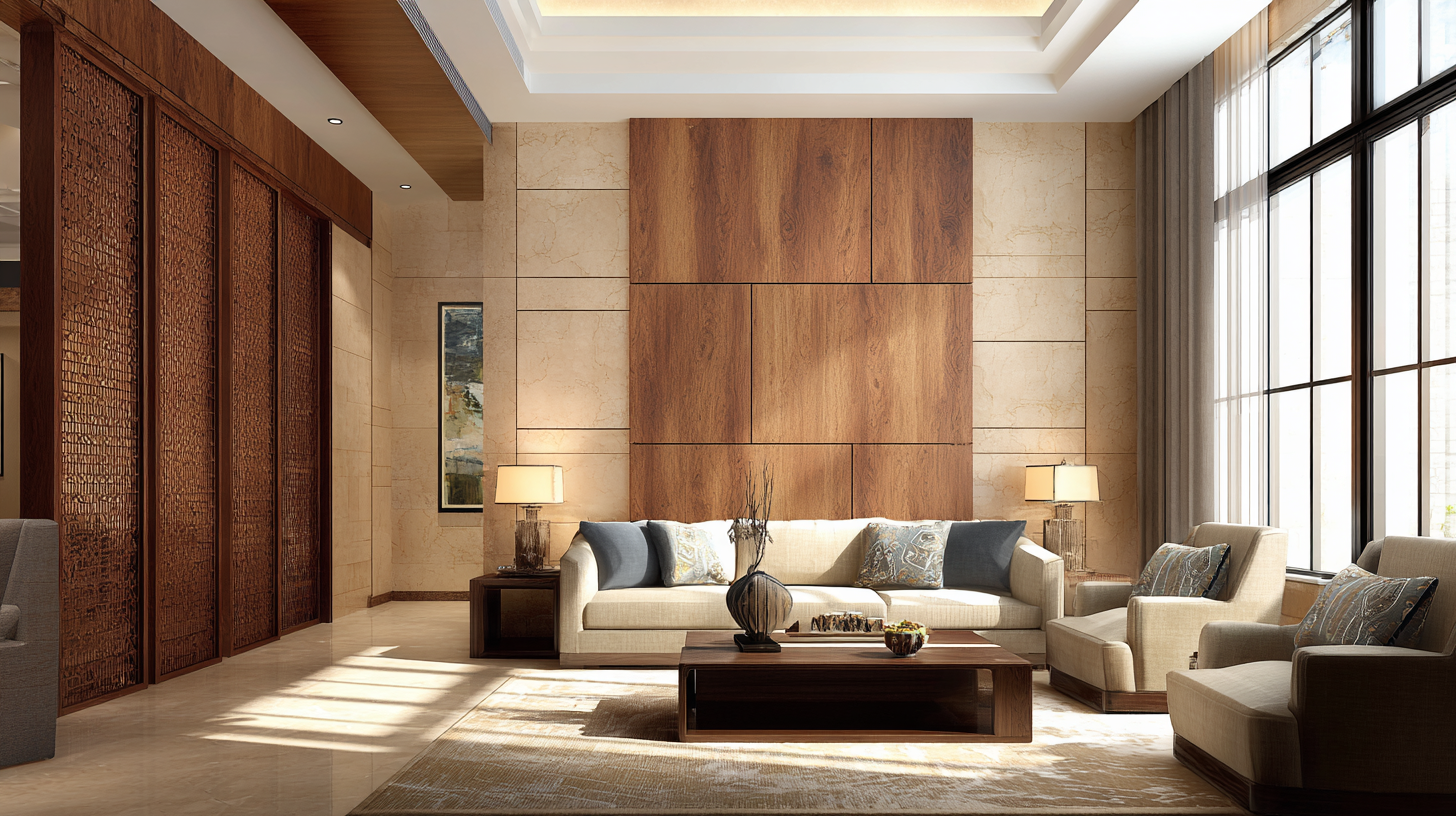 WPC (Wood Plastic Composite) wall panels have emerged as a leading choice for homeowners looking to enhance their interior aesthetics while prioritizing sustainability. The global WPC wall panel market is expected to grow significantly in the coming years, driven by the rising demand for eco-friendly building materials. According to industry reports, the market is segmented primarily by end-users, including the residential sector, with solid and hollow panels being popular options for various applications, particularly interior decor.
WPC (Wood Plastic Composite) wall panels have emerged as a leading choice for homeowners looking to enhance their interior aesthetics while prioritizing sustainability. The global WPC wall panel market is expected to grow significantly in the coming years, driven by the rising demand for eco-friendly building materials. According to industry reports, the market is segmented primarily by end-users, including the residential sector, with solid and hollow panels being popular options for various applications, particularly interior decor.
One of the standout benefits of WPC wall panels is their minimal environmental impact. Made from a blend of recycled wood and plastic, they offer a sustainable alternative to traditional materials. Moreover, these panels are low maintenance, resistant to moisture, and can be easily installed, making them an ideal choice for homeowners looking to upgrade their living spaces without the hassle of extensive renovations. With innovative designs rapidly emerging in the WPC segment, homeowners can now enjoy the aesthetic versatility needed to create a stylish and modern interior.
Indoor WPC (Wood Plastic Composite) wall panels are becoming a staple in modern interiors, combining aesthetics with sustainability. One of the top design trends for 2023 is the seamless integration of nature-inspired textures within living spaces. These panels mimic the look of natural wood while offering durability and eco-friendliness, making them a wise choice for homeowners conscious of their environmental impact.
Another notable trend is the use of bold colors and geometric patterns. Designers are increasingly opting for WPC wall panels in vibrant hues or creatively shaped designs to make a statement. This trend not only adds visual interest but also enhances the overall ambiance of a room. As homeowners seek ways to personalize their space, the versatility of WPC panels allows for creative expressions that resonate with contemporary tastes.
Lastly, layering techniques are gaining traction, where WPC panels are used in combination with other materials like stone or metal. This approach creates a dynamic and textured look, offering depth to interior designs. The appeal of WPC wall panels lies in their ability to transform an ordinary room into a stylish haven without compromising on functionality or sustainability.
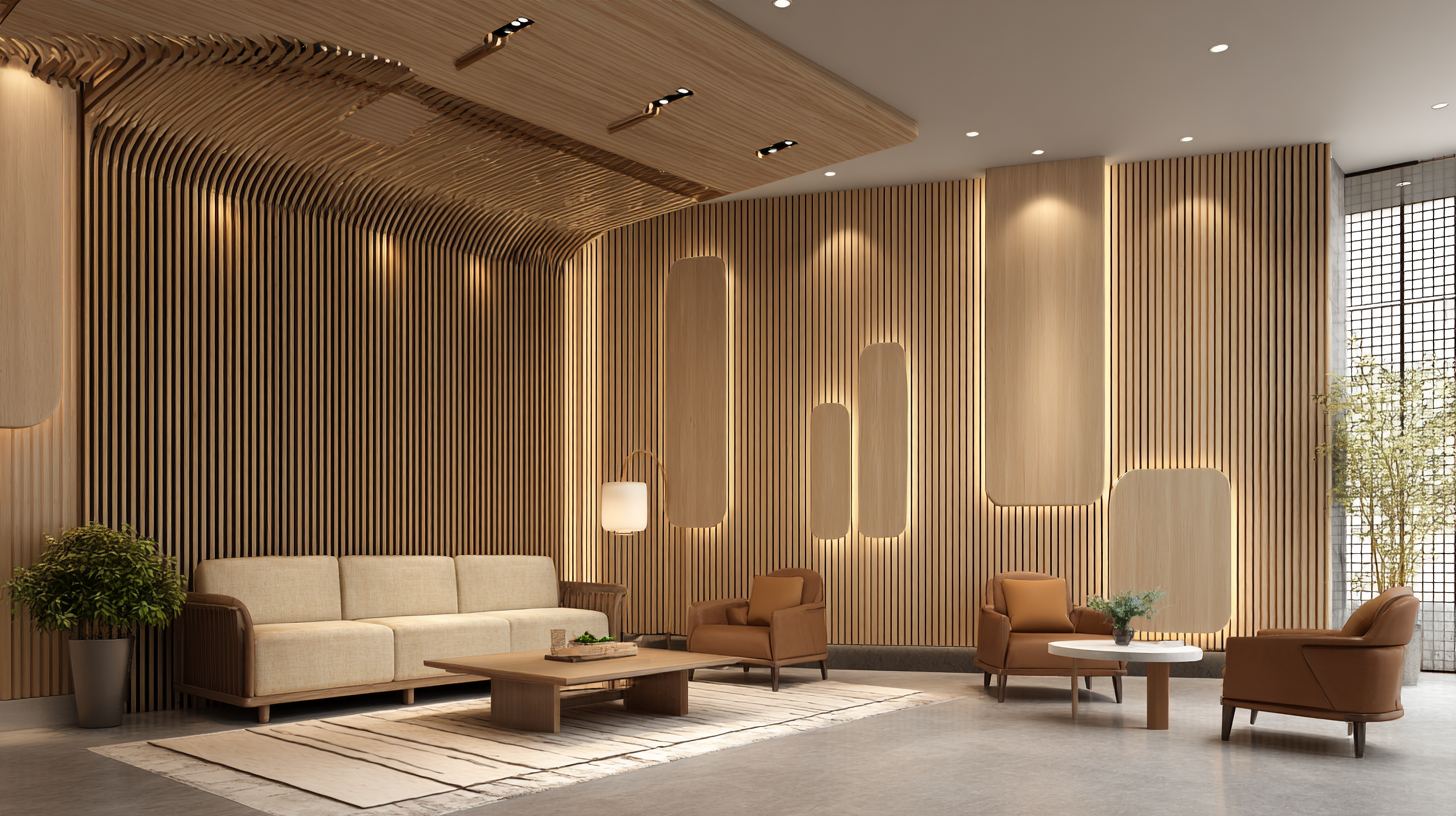
The global market for wood-plastic composites (WPC) is projected to reach a value of approximately $6,400.5 million by 2025, with a remarkable growth rate anticipated to reach $12,941.7 million by 2033. This highlights a compound annual growth rate (CAGR) of 9.2%, indicating a significant shift in consumer preferences towards sustainable and durable building materials. When considering wall materials, WPC panels are gaining prominence due to their unique blend of wood fiber and plastic, offering enhanced durability compared to traditional materials.
In a comparative analysis of WPC and traditional wall materials, it's evident that WPC panels outperform in various aspects. Unlike conventional materials that may suffer from rot, warping, or fading, WPC panels are resistant to moisture and UV damage, making them an ideal choice for both interior and exterior applications. Additionally, the market trend shows a growing adoption of hollow and solid panel types tailored for residential spaces, catering to the needs of homeowners seeking cost-effective yet aesthetically pleasing solutions. This shift not only reflects a broader trend in construction but also underscores the sustainability advantages that WPC offers in modern home design.
WPC (Wood-Plastic Composite) wall panels are gaining popularity not only for their aesthetic appeal but also for their significant contributions to indoor air quality (IAQ). Research has shown that WPC materials can effectively reduce volatile organic compounds (VOCs) that often permeate indoor environments. A study conducted by the Environmental Protection Agency (EPA) indicates that using composite materials can lower the presence of harmful emissions by up to 30%, making them a preferable choice for health-conscious homeowners.
When selecting WPC wall panels, consider opting for products that are certified to have low VOC emissions. Look for panels that have received certifications such as GREENGUARD or CARB, which ensure stringent testing for air quality standards. This not only enhances the aesthetics of your space but also promotes a healthier living environment.
Tip: To further boost indoor air quality, incorporate houseplants that naturally filter air pollutants. Additionally, ensure proper ventilation during installation to mitigate any temporary emissions from the materials. By integrating WPC wall panels and these strategies, you are taking significant steps toward a stylish and healthier home.
| Aspect | Details | Impact on Aesthetics | Impact on Air Quality |
|---|---|---|---|
| Material Composition | Wood Plastic Composite (WPC) blends wood fibers and plastic. | Available in various textures and finishes enhancing interior design. | Low emissions reduce indoor pollutants. |
| Design Versatility | Multiple colors, styles, and patterns. | Can mimic natural wood, stone, or modern designs. | Some panels can help filter air pollutants. |
| Installation Process | Easy to install with interlocking systems. | Quick renovations improve home appeal. | No harmful adhesives used during installation. |
| Durability | Resistant to moisture, rot, and insects. | Long-lasting aesthetics maintaining design integrity. | Helps maintain cleaner indoor environments. |
| Maintenance | Low maintenance requirements; just clean with soap and water. | Saves time and keeps aesthetics fresh. | Reduces need for chemicals impacting air quality. |
Indoor WPC (Wood Plastic Composite) wall panels are becoming increasingly popular for homeowners looking to enhance their interior aesthetics. Known for their durability and aesthetic appeal, these panels can transform uninspiring walls into stunning focal points. The ease of installation is a key reason why WPC panels have gained traction in home improvement projects. According to recent industry reports, installation time can be reduced by up to 50% compared to traditional wall materials, making it a preferred choice for DIY enthusiasts and professionals alike.
To achieve a professional look with WPC panels, several installation tips can be employed. Firstly, proper wall preparation is critical; ensuring the surface is clean and smooth will help the panels adhere better. Secondly, using appropriate adhesive or fastening methods can prevent warping and ensure longevity. It's also essential to acclimate the panels to the room temperature for at least 48 hours before installation, as this minimizes expansion or contraction after installation. Lastly, utilizing a level tool during installation ensures that the panels are aligned correctly, contributing to a polished and refined appearance in your living space. These simple yet effective tips not only enhance the visual appeal of your home but also extend the life of your WPC wall panels.
